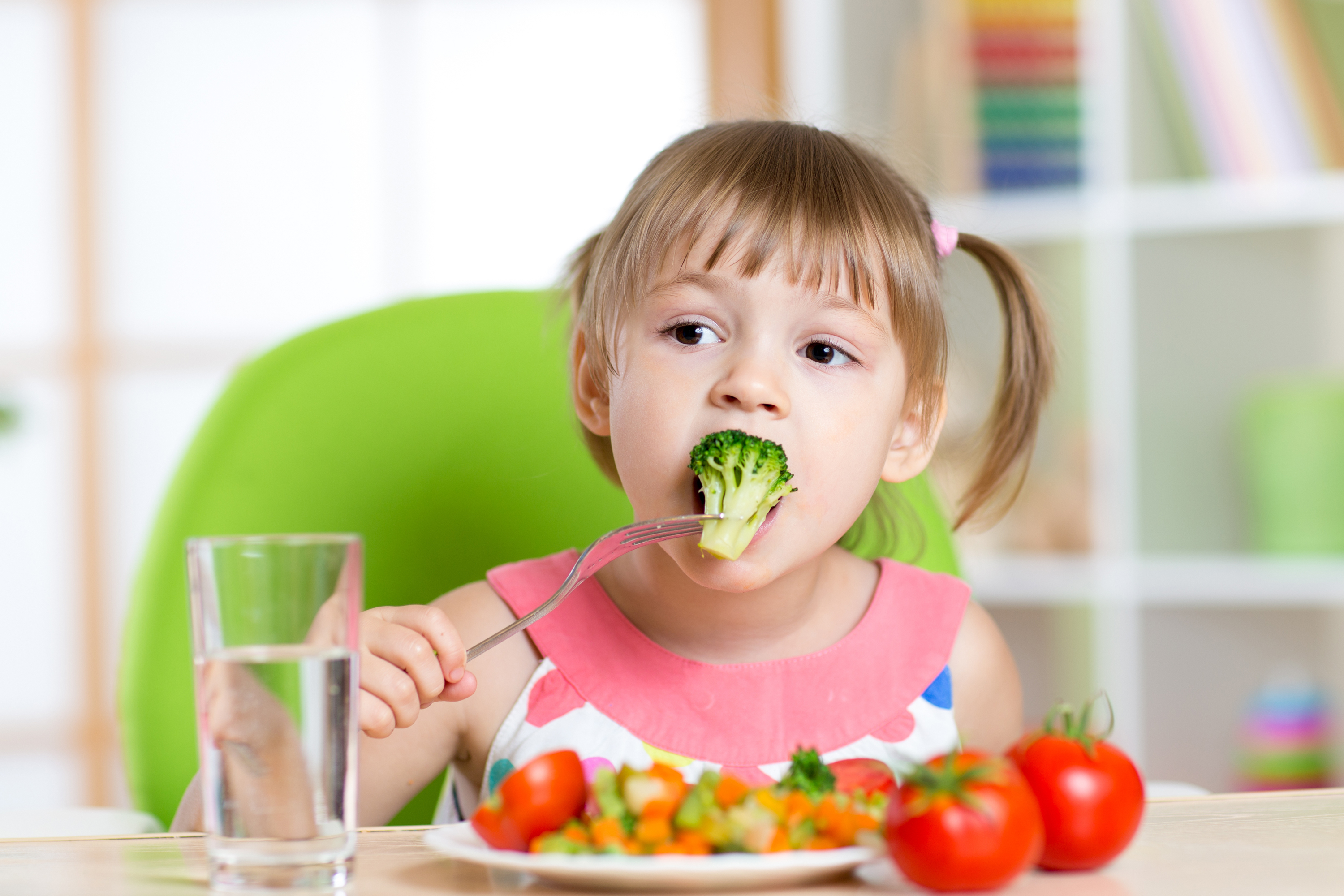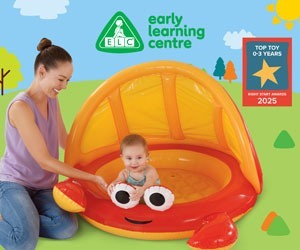Battle of the dinner plate!
Published
Fighting over broccoli stems and water isn’t fun! It can make mealtimes miserable and stressful for everyone. But help is at hand! The team at junk-free fruit juice makers Suso’s has put together some practical steps to help to remove the stress from the dinner table!

Relaxation
Dealing with a picky eater or drinker is frustrating. Creating a calm atmosphere around mealtimes, free from frustration and force, is important for encouraging children to try new foods and broaden their palate. Try to make sure that the dinner table is distraction and bribery free and that includes turning off the TV!
Make eating fun
While distractions are dodgy, you can still make mealtimes fun! Incorporate the food into a story. On social media, you can find so many quirky ways to make food fun. The important thing is that the spotlight remains on the food, not on gadgets!
Try food bridges
These are a fantastic way of incorporating new foods and encouraging your child to try them. Focus on what your child likes about specific foods, whether it is taste or texture, and try to replicate that with new ingredients. For example, if your child has difficulty drinking water or dislikes fruit, try fruit juice based soft drinks to encourage them to drink more whilst getting one of their five a day. Or, if they are fans of carrot puree, you can experiment with other orange-pureed items such as swede, butternut squash and sweet potatoes.
Link healthy items with positivity
Associating healthy food and drink with positive activities can help to make fussy eaters more enthusiastic about their food. Having healthy snacks such as carrot sticks and water bottles on hand during fun activities might help your child to associate playtime with these items, making them less likely to be rejected at dinner time.
Expect it to change with time
Fussy eating habits come and go. The trick is to remain consistent and not to discount ingredients straightaway. Just because children don’t want to eat something one day doesn’t mean they won’t try it in a week or two. Taste buds change approximately every two weeks, so you never know when your child might surprise you.
Eat together
Family mealtimes can help even the fussiest child to eat better. By spending time together, without distraction, you can model healthy eating habits to your children. Studies show that 80 per cent of parenting is modelling – rather than bargaining with your toddler, lead by example and let them watch you eat healthily.
Make an eating schedule and stick to it
Eating at the same time each day, with a specific time allotted, can help your child to understand when to eat. It is important not to force children to eat everything on the plate or to eat faster. Removing uneaten food after dinner time and encouraging kids to eat if they are hungry, rather than allowing snacks, can help you to assess your child’s real appetite more accurately.
Involve your child in the process
Children really benefit from being involved in the process of preparing and cooking food. It encourages them to be more positive about eating and is also a great way to introduce new items without the constraints of having them on a plate. Talk to them about where food comes from and how it is made.







